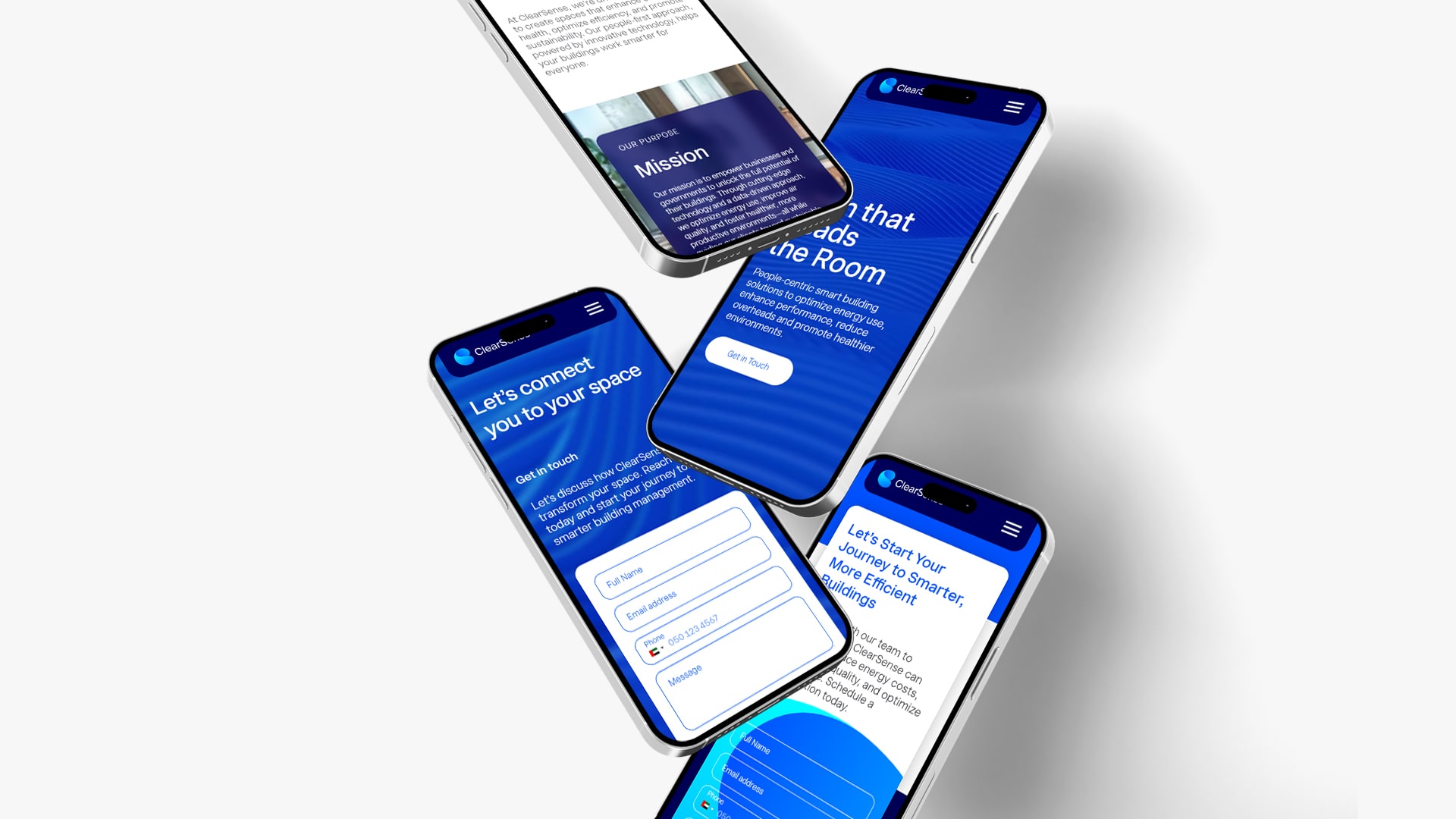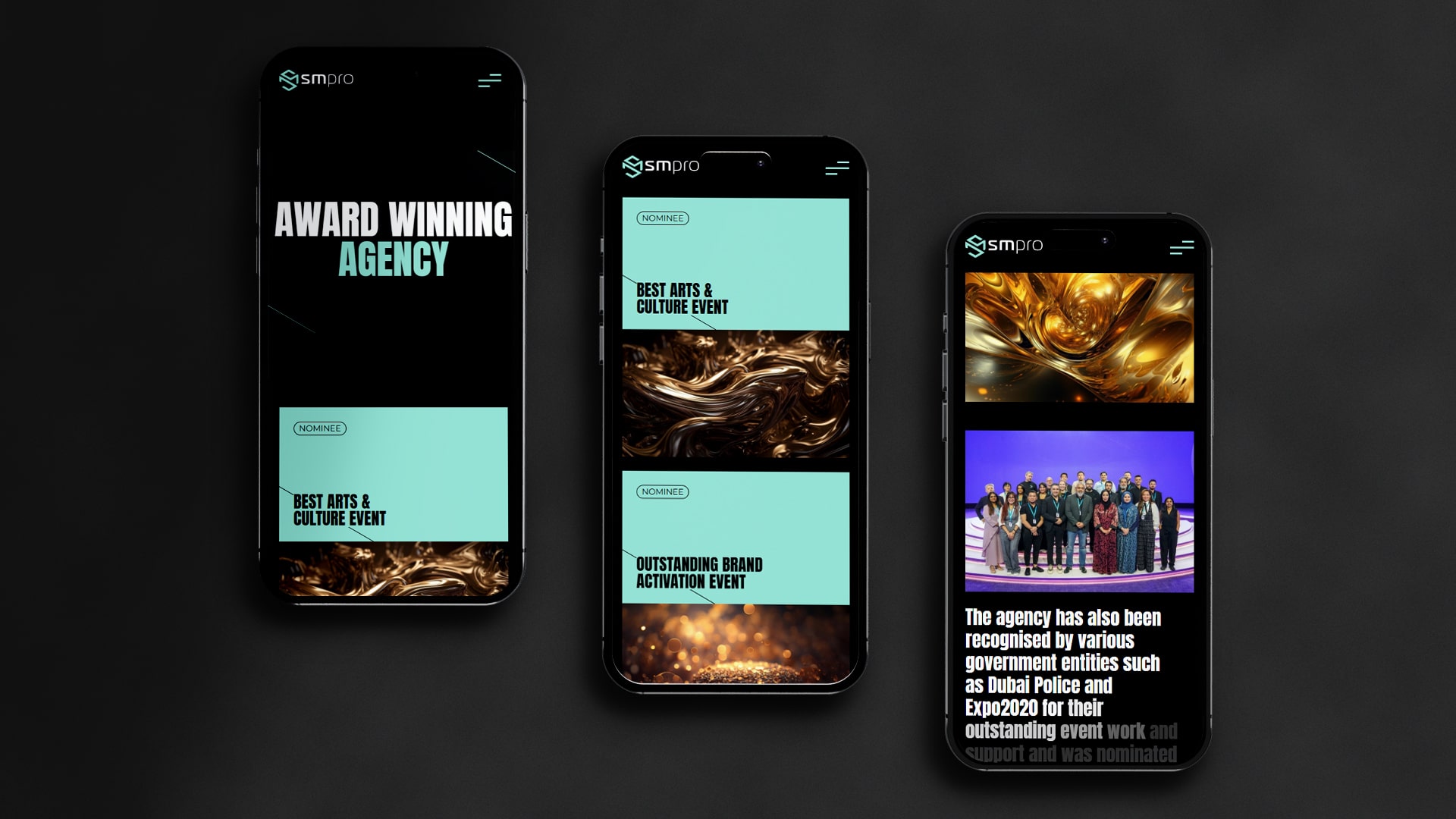Today’s SEO involves much more than keywords and backlinks. Growth is centred on understanding user behaviour, what they are clicking on, and what content structure gets users to take action.
This is the value of a thoughtful content experiment strategy. If a business can test headlines, calls to action (CTA), and content layouts, they can discover what motivates their audience, as well as actions that slow or stop users in their journey.
In a world where attention spans are at their lowest point, the content experimentation process will facilitate creating pages that have better engagement levels, higher conversions, and continued alignment with search intent.
SEO experiments are incredibly valuable because they provide data demonstrating real person interactions with different digital experiences as opposed to simply making assumptions.
Not only does the data tell you which version has stronger engagement, but any single experiment (CTA testing, headline testing, content testing deeper) will reveal opportunities, no matter the type of testing.
When utilising experimentation correctly, endless insights create systematic cycles of improvement in persuasive messaging, layouts, and consequently site improvement and user expectation.

Why You Need a Content Experiment Strategy
Having a solid and strategic experimentation plan for content definitely helps marketers understand which elements of content are most useful in ranking and conversion potential. Search engines tend to favour pages that provide a satisfying experience and engage the user. Experimentation is an integral part of modern optimisation.
Experimentation can help marketers see which headlines generate curiosity and which calls-to-action generate meaningful user actions. Experimentation demonstrates how page structure can affect the clarity and readability of content.
When the results of experimentation are combined with user engagement trends, experimentation can be used to create web pages that will consistently outperform previous versions.
In competitive industries, a strong content experimentation strategy will also reduce the guessing and speculation that marketers often have to undergo. Instead of staying current with what is trending at the time, a marketer could prove what works for their audience and better curate their content based on what the data is showing.
Understanding How to Run Audience Experiments
The process of learning to run audience-based experiments begins with defining the elements you’ll test. This may involve testing a headline, a call to action, a hero section layout, or even the order of content blocks. Each iteration will be shown to a controlled audience of users, and the action will be measured against the metrics you set.
To build a good test, you’ll also need to be clear on your objectives. For instance, increasing time on page, increasing the click-through rate, or increasing conversions. Understanding how to run an audience experiment ensures you have a structured approach that is measurable and driven towards your desired outcome for users.
Audience experiments also use more metrics to drive stronger search performance. Search engines favour pages that are relevant, clear, and engaging. When an experiment reveals an action that users engage with more, it establishes a signal for SEO that will help over time.
The Role of Experiments in SEO
Conducting experiments in SEO is a valuable way for marketers to gain a better understanding of the relationship between user behaviour and organic performance. SEO used to be completely tech-driven, but now engagement is a key aspect of ranking stability.
Well-thought-out tests provide for improved content relevance, page structure, and user satisfaction as a whole. As a user interacts with a page, the more positively search engines will view the page as a strong answer to the query.
This is why testing and running experiments in an SEO strategy not only impacts traffic but also contributes to the conversions themselves.
Headlines can impact search click-through rates. Adjusting the CTA can influence user progression. Changing the content layout can also increase readability and average time on page while decreasing bounce rates. All of these functions in SEO are measurable and create an ecosystem of SEO to constantly test and verify patterns among real users.
Key Areas to Test for SEO Performance and User Engagement
Experiments of high impact that we would recommend prioritising include:
- Headline testing, which examines clarity, emotional engagement and search click-through rates
- Call-to-action testing to determine which action phrases drive faster conversion rates
- Content testing that looks at layout, readability, and depth of information
Experimenting in these areas will help improve user engagement, which will in turn help SEO. Headline impacts SEO, call-to-actions drive conversions, and layout determines how long a user stays on the content.
How to Test Headlines Effectively
Powerful headlines attract attention and provide context. Through headline testing, marketers can compare different headlines and see which one resonates the most with users. Strong headline tests can assess clarity, tone, keywords position and emotional levers.
The right headline can enhance both search and on-page engagement. Searchers are more likely to click on a headline that is both clear and enticing. And on-page, users are likely to stay longer when the headline accurately represents the content.
Running repeated headline tests gives long-term learning. Patterns will emerge that signal which tone or structure resonates with your audience. This will bolster your efforts to write headlines that will perform as expected in future campaigns and articles.
How to Test CTAs for Better Conversions
CTA testing is essential to understanding the factors that lead users to take action. By testing CTAs, marketers are able to assess a range of combinations for different positioning, styles, and phrases for action. Changing small elements can mean a significant
improvement in conversions when it aligns with user intent.
The purpose of CTA testing is to alleviate friction and enhance the action occurring at that moment. Users tend to prefer CTAs that are explicit, supportive, and aligned with their feelings, desires, and needs. Testing aspects like colour, wording of the CTA, and placement of each CTA will help you learn the combination that converts the best.
Improving CTAs over time will improve engagement across the entire page and provide better engagement at every step of the funnel.
Why Content Testing Improves Engagement and SEO
Robust content testing aids in assessing the effects of structural changes on the user flow. By adjusting paragraph length, image location, or order of sections, teams can discover the layout that retains user attention the longest.
Search engines reward pages that keep users engaged. When a user scrolls down, clicks on an internal link, or interacts with a visual item on the page, it indicates that the page adds some level of value. This intentional use/content testing enables marketers to create pages that naturally flow and meet user intent.
Content testing can provide clarity advantages. Many websites lose users just based on the information being too thick or poorly structured. The content testing variations help determine which layout makes reading easier and aids in user understanding.
Supporting Techniques that Bolster Experiment Results
- Utilizing conversion-driven content design to design content and pages around user goals
- Applying advanced user engagement optimization to improve processes of micro interactions and on-page behaviour
- Adding digital marketing testing techniques that validate performance across different channels
These supportive methods will provide additional strength to each individual experiment and provide stronger insights from your testing.
Using Split Testing and AI for Better Results
New, modern tools give marketers even more capabilities, like SEO A/B testing, to make search performance on par with any other testing data. This test type helps with understanding layout changes and how they impact organic visibility, but it also provides
Added the benefits of split testing.
Split testing opens possibilities, examining new behaviours of an audience, decreasing bounce rates and allowing for conversions. Split testing develops a culture of continuous improvement and examination, rather than decisions being made on assumptions, but on solid data.
Artificial Intelligence-based tools are also enhancing the testing process, predicting outcomes, analysing segments of user behaviours, and patterns that lead to refined tests. As more and more brands join in on experiment testing, brands can hire and work with an expert SEO agency to work together to improve performance. Performance that brings expertise and technology together.
Conclusion
Carrying out audience experiments and SEO testing is no longer optional. A robust content testing strategy that involves testing headlines, CTAs, and layout will give you relative improvement in user engagement and organic visibility. By testing headlines, CTAs, and content, brands can produce content that resonates with the audience and prompts them to take meaningful action.
Understanding how to run audience experiments in your SEO ensures future growth. Each experiment provides information and insight that refines future experimentation and develops your strategy. With effective structured testing, conversion-centred design, and an SEO agency in UAE, your website can become an effective, high-performing digital asset that converts regularly and ranks competitively.
Related Post
Publications, Insights & News from GTECH







